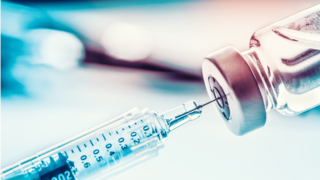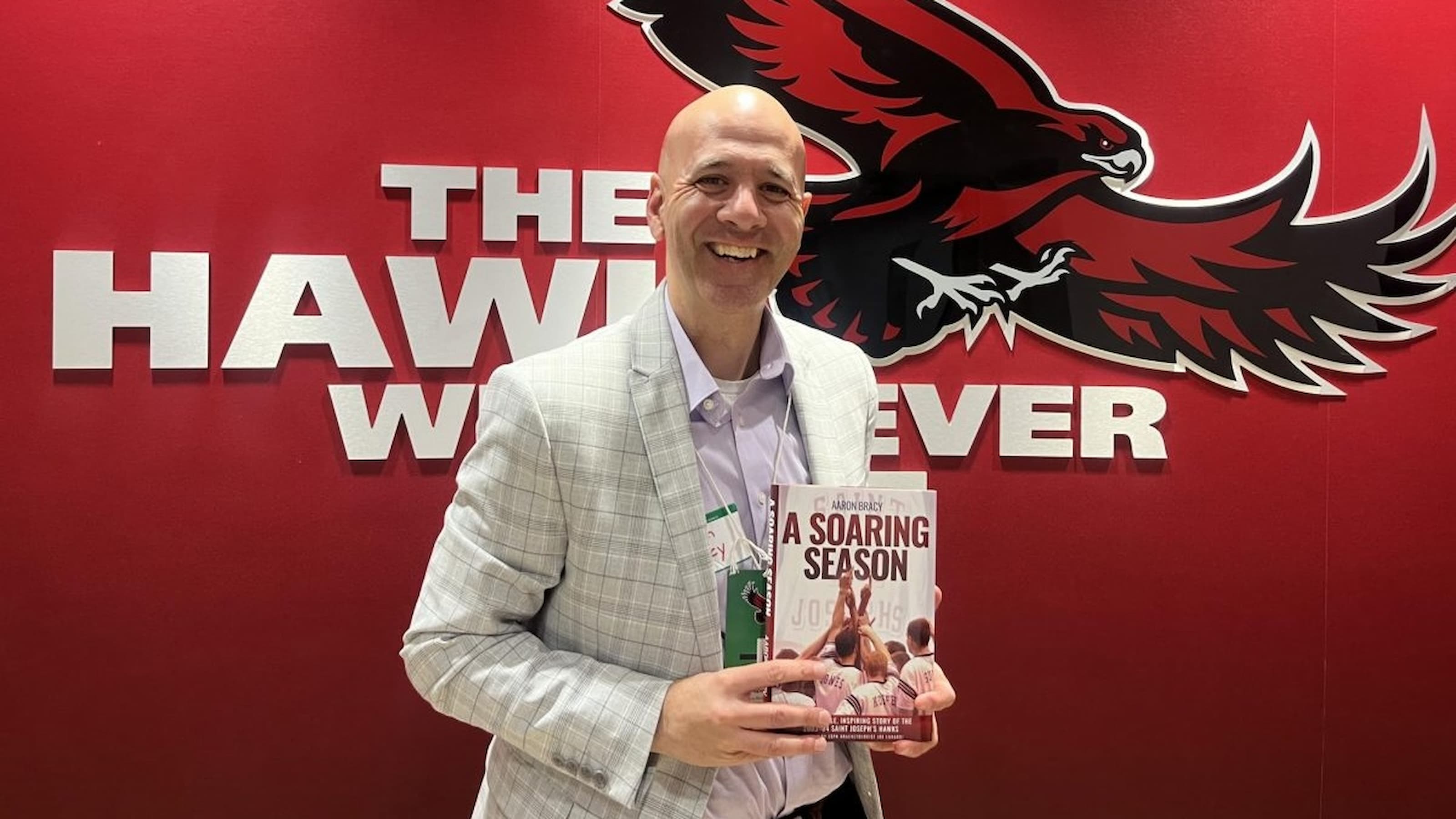Getting from Vaccine to Vaccination: 5 Ways to Reach Community Immunity
With COVID-19 vaccinations being distributed across the globe, Health Studies Professor Sally Kuykendall, Ph.D., offers five ways to mitigate public concern while addressing vaccine access on our path to community immunity.

- COVID-19 mitigation strategies must be adhered to until community immunity is achieved, or 70-90% of the population.
- When it comes to overcoming vaccine hesitancy and addressing vaccine skeptics’ concerns, knowledge is power. Always consult a trusted source such as a healthcare provider, faith leader or community organizer.
- Lowering access barriers to vaccination such as flexible work, pharmacy and school hours is critical to distribution.
What a beautiful thing: Trucks making their way across the United States to reach a critical care nurse in New York, the first person to be vaccinated against COVID-19 in America. Americans were ready to throw their masks in the air. But — not so fast. Until we reach community immunity, defined as 70-90% of the population, we won’t be able to stop any of our mitigation efforts like masks and physical distancing. So, how do we get there?
I was recently struck while listening to COVID Conversations, hosted by the American Public Health Association. Walt Orenstein, M.D., former director of the U.S. National Immunization Program, said, “Vaccines don’t save lives, vaccinations do.” Well, isn’t that the truth. We could have millions of doses sitting in healthcare access points across the country, but if no one rolls up their sleeve to get vaccinated it will all be for nothing. Here are five ways to anticipate the public concern, access issues and get to community immunity.
- We can overcome vaccine hesitancy by asking knowledgeable and trusted sources, such as healthcare providers, faith leaders, community organizers and knowledgeable social influencers to support state vaccination campaigns. Humans are social beings. When we see someone trying a new technology, we try the technology. When we see someone wearing a mask, we wear a mask. Seeing people who we admire get vaccinated increases our willingness to get vaccinated.
- We must listen to vaccine skeptics and address their concerns in clear, coherent language. It is understandable that someone would be hesitant to inject something into their body. Knowing how vaccines work can help allay concerns. Normally, vaccines contain the dead or weakened germ, not enough to cause disease, but enough to stimulate an immune response. Then, if the body is exposed to the germ, antibodies are able to fight the infection. The COVID-19 vaccine does not use the actual COVID virus. The COVID vaccine is a new type of vaccine known as an mRNA vaccine. mRNA vaccines have been in development for decades. These novel vaccines give our cells the instructions to create a protein that will then trigger an immune response. All vaccines, regardless of type or manufacturer, must pass rigorous safety standards. Vaccines have been around for well over a century and are highly effective tools against diseases that previously killed thousands of adults and children. In the case of COVID vaccines, we have a tool that is 90-95% effective.
- We need to make sure that everyone who wants the vaccine can get it as it becomes available. We can lower barriers to access by offering free vaccinations during flexible hours at workplaces, community health centers, local pharmacies or schools. The timing of the second dose, three weeks after the first dose, is also critical. Default appointments, text reminders and workplace flexibility will help remind people to return for the follow-up booster shot.
- There are three interrelated issues that continue to undermine progress against the pandemic. These are bad actors, anti-intellectualism and misinformation. Bad actors are people who try to make money off of other people’s fears or misery. They offer products with outlandish claims. The problem with fraudulent products is that people who use them believe they are protected when they are not, and this makes them less likely to use actual evidence-based medicine. Since the beginning of March, the FDA has issued over 150 warnings to companies selling fraudulent COVID-19-related products.
Anti-intellectualism is a tool used by fascist leaders to control working-class people. Anti-intellectual proponents create distrust for science and knowledge because knowledge is power and they do not want people to have the power to make informed decisions. Misinformation is the intentional seeding of popular media with false information, often using conspiracy theories to create division and distrust. Although it is the government’s responsibility to protect citizens against widespread fraud, the true power to fight these issues lies in the hands of individuals. We can take a lesson from Finland, which launched an initiative in 2014 to teach youth and adults how to recognize and stymie misinformation. As a result, Finland ranks highest in the world in media literacy.
- In less than one year, we have been able to make huge strides toward stopping this lethal pandemic. This achievement was possible because scientists worked together, building on what was already known about infectious diseases and following the highest standards of ethical practice. Many scientists devote their entire lives to studying infectious diseases or other health issues. Supporting science and public health allows us to act quickly and effectively with other public health issues.
Due to the extraordinary work of scientists and researchers, we now have a tool to help prevent further illness, death and economic fallout. But it is up to all of us to take the next critical step.
Sally Kuykendall, Ph.D., is a professor and interim chair of health studies in Saint Joseph’s School of Health Studies and Education. She is a former critical care nurse who earned a B.Sc. (Hons) in chemistry, M.S. in health education and Ph.D. in health studies. Kuykendall is one of the early bullying prevention researchers in the United States. After completing a nine-year study of bullying prevention efforts in schools and communities, Kuykendall studied family violence and adverse childhood experiences. Kuykendall recently completed a book on scientific misconduct in health and psychology. "Skewed Studies" describes many incredulous examples of data fabrication, plagiarism, sabotage, race and gender biases and misinformation. Kuykendall’s current research studies creative problem solving.



